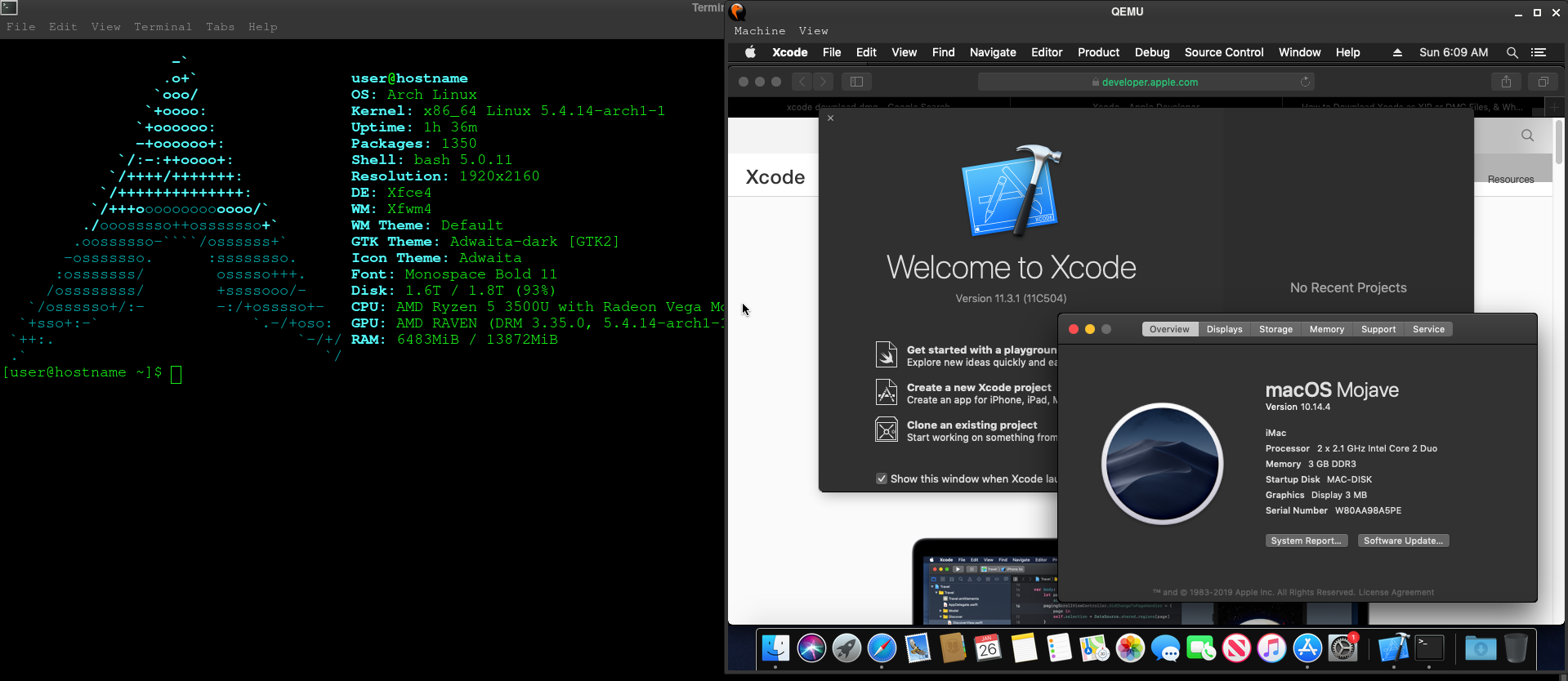
Newsletter
As Fedora uses the robust Wayland protocol, it also has access to distinctly Mac-like extended gestures, which are vital to recreating that slick, gliding desktop experience that macOS is renowned for.A lot of Mac users have reported Fedora to be one of the best-functioning Linux distros you can run on a Mac. 10 Unix commands every Mac and Linux user should know Get started with Bash, Unix pipes, directory navigation, sudo, Nano, and other command-line essentials. By Steven Nunez.

Subscribe to our Threatpost Today newsletter
Join thousands of people who receive the latest breaking cybersecurity news every day.

The administrator of your personal data will be Threatpost, Inc., 500 Unicorn Park, Woburn, MA 01801. Detailed information on the processing of personal data can be found in the privacy policy. In addition, you will find them in the message confirming the subscription to the newsletter.

Infosec Insider Post
Infosec Insider content is written by a trusted community of Threatpost cybersecurity subject matter experts. Each contribution has a goal of bringing a unique voice to important cybersecurity topics. Content strives to be of the highest quality, objective and non-commercial.
Sponsored Content
Sponsored Content is paid for by an advertiser. Sponsored content is written and edited by members of our sponsor community. This content creates an opportunity for a sponsor to provide insight and commentary from their point-of-view directly to the Threatpost audience. The Threatpost editorial team does not participate in the writing or editing of Sponsored Content.

History
Install Linux On Old Macbook
Mac OS X was first released in 1999 in the form of Mac OS X Server 1.0
The Unix underpinnings of OS X are derived from the Unix-based NeXTstep (also known as NextStep, NeXTSTEP, NEXTSTEP, OpenStep, and OPENSTEP), created by NeXT Computer, a company founded by one of Apple's founders after he departed the company in 1985. NeXTstep included a number of features revolutionary at the time of its introduction including system-wide drag and drop, system-wide piped services, 3D widgets, and other features common today
Mac Tutorial For Linux Users
Before acquiring NeXT, Apple explored the possibility of buying Be Incorporated to build a next-generation Mac OS based on the BeOS operating system.